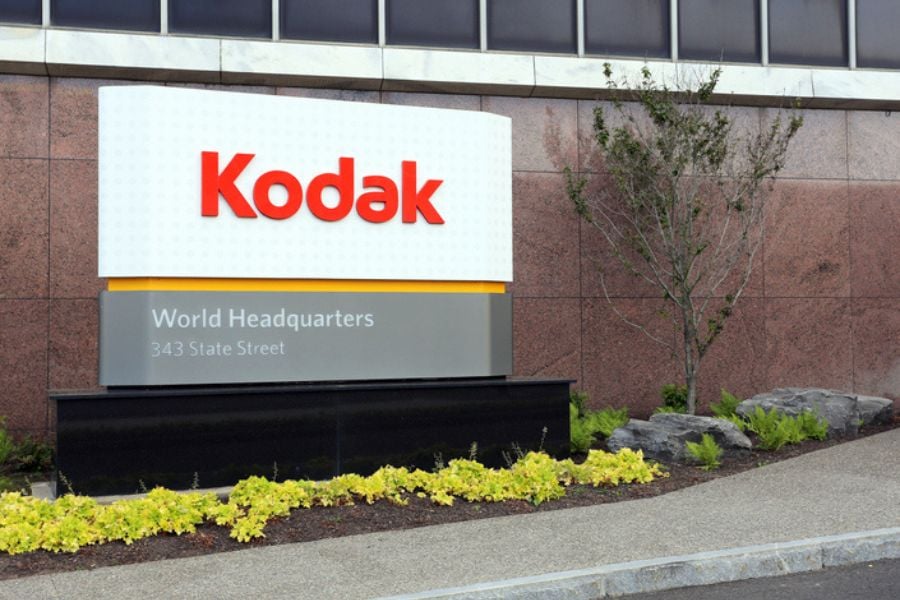

Eastman Kodak Co. is disbanding the team that manages the firm’s $4 billion of pension investments, according to people with knowledge of the matter.
The former giant of the photography world, which now also focuses on manufacturing advanced materials and chemicals, has begun notifying its investment managers that it’s shifting oversight of the pension program to Boston-based NEPC, said the people, all of whom requested anonymity to discuss confidential information.
The move is being driven by the fact that the pension system is overfunded, according to the people. The overfunded status has soared from just over $100 million at the end of 2019 to about $1.2 billion at the end of 2022, an amount that represents more than half of Kodak’s assets.
That came as rising interest rates pushed down the present value of its future pension liabilities for the more than 37,000 participants that receive benefits in the long-standing program.
The pension plans have also benefited from strong performance. Kodak’s plans generated $1.1 billion of returns in the three years through 2022, roughly double the $541 million that was expected. The largest US plan had almost three-quarters of its assets in private equity and hedge funds.
The plans had about $4.2 billion in assets at the end of 2022, the latest year that the company has disclosed.
Chief investment officer Thomas Mucha leads the pension team, which manages more than $7 billion in total retirement assets supporting current and former employees, according to Mucha’s LinkedIn profile.
A representative for NEPC said the company can’t comment on clients. Eastman Kodak didn’t immediately respond to a request for comment.

While industry statistics pointing to a succession crisis can cause alarm, advisor-owners should be free to consider a middle path between staying solo and catching the surging wave of M&A.

New joint research by T. Rowe Price, MIT, and Stanford University finds more diverse asset allocations among older participants.

With its asset pipeline bursting past $13 billion, Farther is looking to build more momentum with three new managing directors.

A Department of Labor proposal to scrap a regulatory provision under ERISA could create uncertainty for fiduciaries, the trade association argues.

"We continue to feel confident about our ability to capture 90%," LPL CEO Rich Steinmeier told analysts during the firm's 2nd quarter earnings call.
Orion's Tom Wilson on delivering coordinated, high-touch service in a world where returns alone no longer set you apart.
Barely a decade old, registered index-linked annuities have quickly surged in popularity, thanks to their unique blend of protection and growth potential—an appealing option for investors looking to chart a steadier course through today's choppy market waters, says Myles Lambert, Brighthouse Financial.
